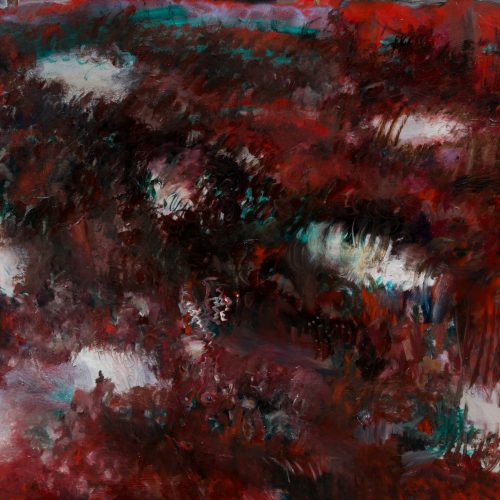ExhibitionFinished
Date : Feb. 23 - May 6, 2024
Ahagon Shoko – Photography, Resistance, and Island People
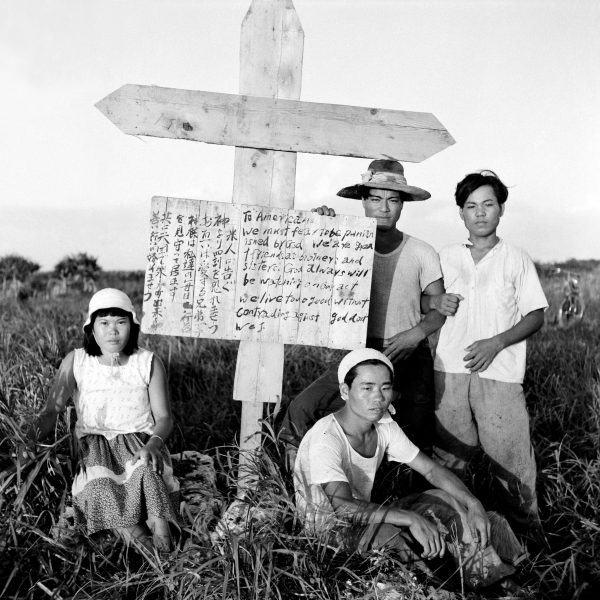
Young people protest by putting up a sign on a cross at a practice range (1955)
Ahagon Shoko (1901-2002) is known for his nonviolent resistance together with local farmers over U.S.-occupied land on Ie Island after the Battle of Okinawa. Ahagon began documenting the island in photographs from 1955 to record the damage caused by the “bayonet and bulldozer” method of forced land confiscation, the U.S. military oppression, and the practice firing range. Using the only camera on Ie island as a means of resisting the U.S. military, Ahagon became part of the “island-wide struggle” against the U.S. military occupation in Okinawa, developing a campaign tactic known as the “Beggars’ March.”
Although Ahagon published only a single book of photographs, “The Island Where People Live” (1982), during his lifetime, it was learned that, in addition to the photographs of the struggle included in the book, he left behind many portraits of the islanders and photographs showing their daily lives.
This exhibition, the first to show Ahagon’s works in mainland Japan, will feature approximately 350 digital prints newly produced from over 3,000 negatives. Come see the photographer side of Ahagon, who is still better known as a peace activist, the “Gandhi of Okinawa.”
Organizer: The Maruki Gallery for the Hiroshima Panels
Co-organizers: Wabiai-no-Sato, “The Island’s Treasure” Ahagon Shoko Photography Exhibition Executive Committee
Planning: Kohara Masashi
In cooperation with: Ahagon Shoko Research Association, Tokyo Polytechnic University, Obara Sawako
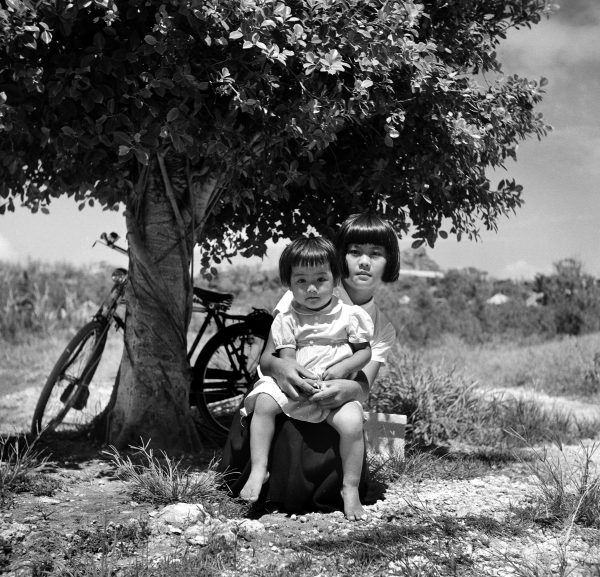
Two children (1955-67)
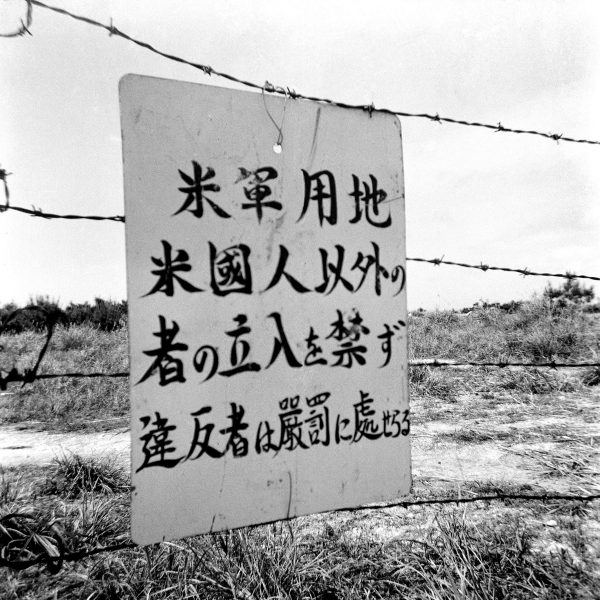
U.S. military barbed wire and sign (1955)
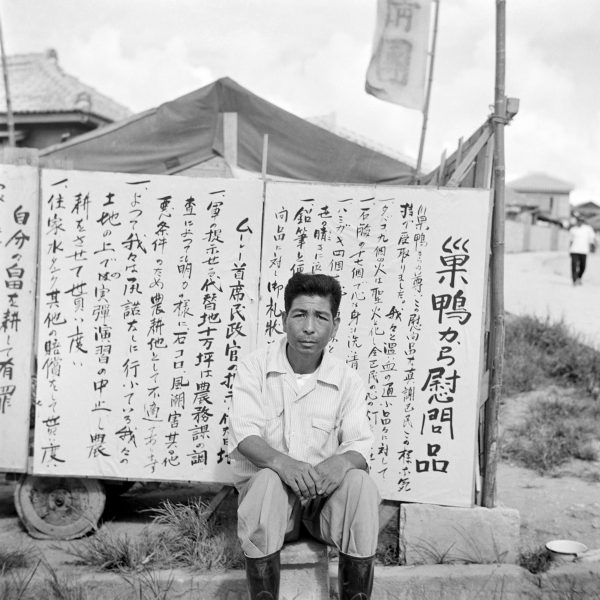
Ahagon Shoko in front of a campaign hut (1955)

One-ton bombs used in training exercises (1955-67)

